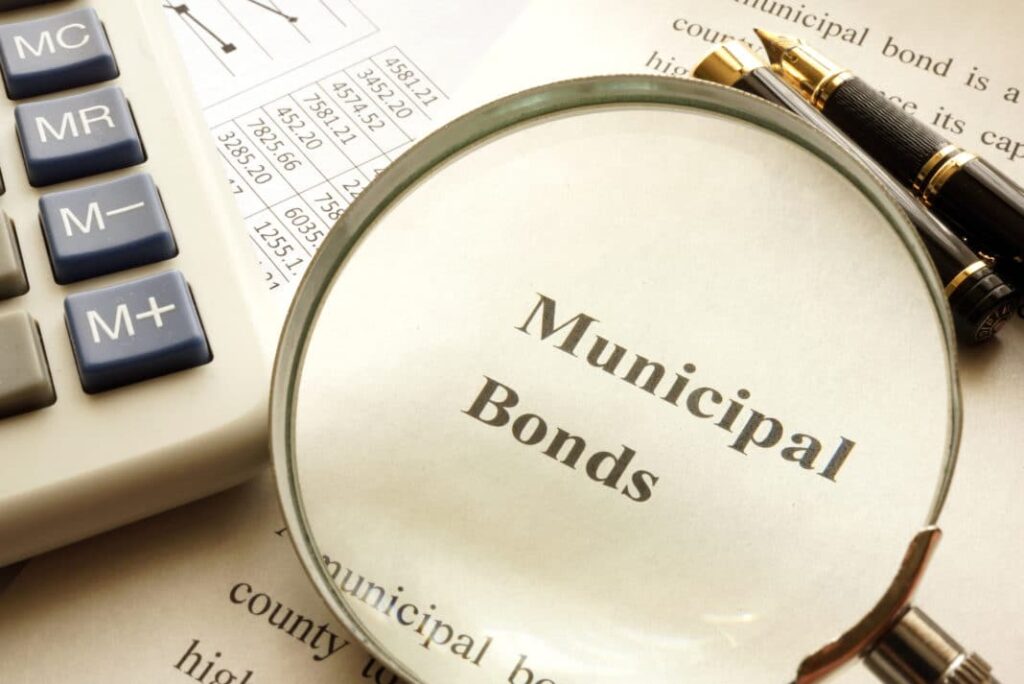7 Most Common Types of Fixed-Income Investments

In modern times, having just your main job can often prove insufficient especially if you are trying to save up some money for that one thing that keeps eluding you. Whatever the case may be with saving cash, the truth is most people could use some help doing it. There are hundreds of ways to invest money but not all of them are as prominent or accessible to all people.
For the purposes of this article, we will be talking about fixed-income investments. If you have never heard of it do not worry, as you will learn all there is about it right here and now. Basically, this form of investment provides a decent yield despite lower interest rates of the environment. There are different types of fixed-income investments and we will explore seven that are most common at the moment. For more information visit räntefonder.
1. Mutual Funds and Bond ETFs

If you decide to only pick a single corporate bond or government bond, it may prove a risky move you could have avoided. Purchasing individual bonds results in investors paying premiums, while managers of portfolios in charge of mutual bond funds and ETFs get discounts when they purchase more bonds. This strategy reflects itself in diversifying risks basically and therefore provides more security for your investments.
2. Short-Term Bonds

Again turning back to the common practice of purchasing government and corporate bonds, remember that they can last anywhere from 1 year to 30 years. Those who issue bonds pay principal (face) value on matured bonds, while the investors receive low yields for shorter maturities when Treasury notes are concerned. This happens because there is a smaller amount of interest rate risks involved, as well as higher liquidity. As an investor, you should aim to have liquidity instead of tying your money in long-term bonds. Moreover, the longer alternatives are exposed to the moving of interest that only adds more risk to the whole ordeal. Still, it can get tricky to manage your own short-term bonds.
3. High-Yield Bonds

While we are on the topic of risks, the next entry on the list should be high-yield types that are much riskier than the two aforementioned ones. However, since they work on the basic principles of high-risk high reward systems, the yield is much higher. Right not, high-quality assets are sadly historically low so many who are looking to invest are usually drawn to the high yield possibilities. They want more income and they cannot find it elsewhere. It cannot be disputed that they are intriguing and rather appealing for the investors because they come with competitive return rates while also offering lower average volatility. And nobody wants volatility in their assets. Right now, the situation in the world determined low levels of absolute yields, resulting in more and more investments in high yields as the next best thing.
4. Preferred Stock

Impacted directly by interest rates, an average preferred stock is a hybrid type investment that combines bonds with usual stocks. The investor receives coupons indicating yield, and when the rates fall, preferred equities increase in value. The result? Consistent payment of dividends no matter how much they fall. Banks and insurance companies are usually the ones issuing preferred stocks. If you are planning to retire soon, why not join many others like you who are actively turning to preferred stocks? Their yield is higher on average than many types of bonds This is not all either, as the favorable tax treatment exists too. Think of it as a bonus that is there because dividends from this stock type are qualified dividends, and since they classify as such they are taxed at the rates of long-term capital gains.
5. Municipal Bonds

The state, the city, or a government agency issue municipal bonds and they are quite popular and common everywhere. The aforementioned issuers pay face values of these bonds when they mature enough. They also pay interest at the same time. Depending on your geographical location, municipal bonds are free of taxes, and therefore, they make more sense for tax consequences if you allocate them in brokerage accounts. If you invest in a municipal bond mutual fund or a municipal bond ETF, the risk is lower than doing so in a specific state or a specific city. Experts claim that the market for these is inefficient and unfavorable because the small investors dominate it.
6. Corporate Bonds

We have mentioned these on a few occasions already, but let us delve deeper into the matter now. Investors get yield from them alongside the principal amount they invested. Any and all investors should do the smart thing and keep to the ones that come with investment-grade rated. These include AAA and BBB, and not anything lower than that. As an investor who has put down a sum towards this type of fixed-income, you receive additional income if you ever take credit risks. The risks of credits are low right now according to the experts because the corporate balance sheets are doing good. One area of the bond market that gives higher yields than government-issued bonds are high rate corporate alternatives.
7. Government Bonds

Last but not least we have the famed government-issued bonds mentioned in the article more than once already. These are made up of treasuries and municipal bonds, but they are differently impacted as interest rate drops happen more often. Bonds that have been maturing for 15 to 30 years are at the highest possible risk, which is why investors should consider other alternatives. As professionals say, treasuries are far less risky than other government options. The reason behind this is because the United States printing press backs them up constantly. In the near future, however, it is estimated that they too will prove insufficient and join their cousins who are doing worse right now. What is going to preserve capital is adding government bonds, as the investors are surely going to benefit from believing the rates will become even lower due to the suffering economies.